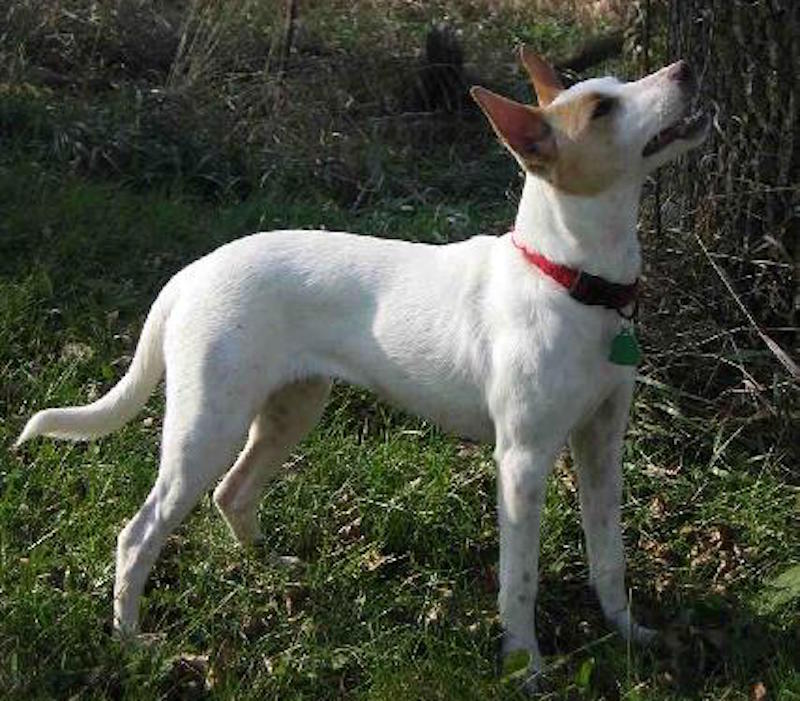Feist dogs are of mixed breeds, and mostly known in the Southern United States, even though they have been traced back hundreds of years. The feist is a hunting dog, and is specifically bred to be high energy and feisty.
The feist breed (sometimes also spelled as fice or even less frequently, fyce) is not recognized by the American Kennel Club, but is, oddly enough, recognized by the United Kennel Club (as a terrier), even though they are mostly found in the Southern parts of the United States, especially around the birthplace of the American Feist, the Southern Appalachian regions.
Written records of the feist breed, in the United States, go back several centuries, and are even mentioned in George Washington’s diary, in 1770, as “a small foist looking yellow cur.” They have been mentioned in poetry and prose, and are a distinct part of southern rural life.
When hunting, feist dogs work quietly, generally working to tree their target prey (generally squirlls), and keep it in the tree until their human hunting companion arrives. Despite being classified as terriers, unlike other breeds in this category, they usually stay above ground when hunting, even though they are highly interested in chasing rabbits, and other rodents.
Physical Characteristics
Physically, feists are small- to medium-sized dogs, ranging in weight from 10-30 lbs. as adults. They have a height range of 12-17 inches at the withers, with a short, dense and smooth coat. The color their coat comes in a large variety and include red and white, blue and white, black and tan, red brindle, red, black, and spotted tricolors.
Temperament
The feist is an alert, curious and highly intelligent dog breed, and has guarding instincts when it comes to her owner and family. They are very vocal and will not hesitate to communicate through baying, barking, and growling.
Exercise & Living Conditions
Since the feist has been bred as a hunting dog, it has what seems like unlimited amounts of energy and requires room to run around and exercise, when not out in the field hunting. They are not well-suited for small yards or apartment living.
The feist requires a lot of exercise, and should get daily walk(s), especially if they are not being utilized as a hunting companion or some other field work. A feist’s energy needs and outlet, and if the dog is not able to expend the energy through exercise or work, then it can end up doing so through destructive means, such as chewing or digging.

